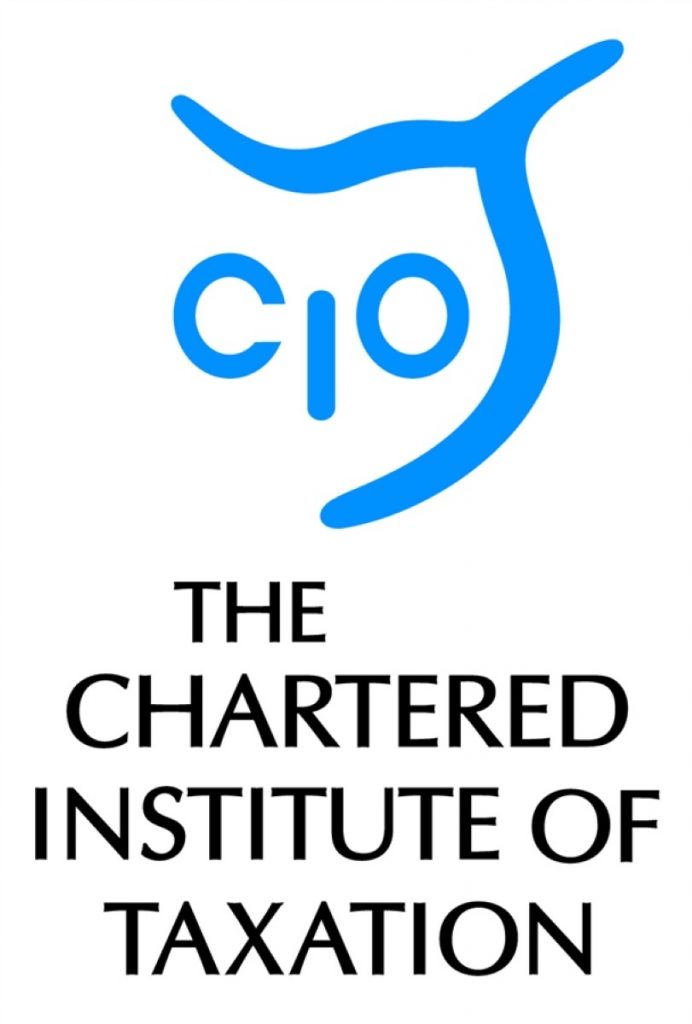Access to Marriage Allowance must not become test of digital competence, warns tax charity
The new transferable allowance for married couples and civil partners comes into effect in the 2015-16 tax year (which starts on April 6th)1. It could enable eligible couples to save up to £212 tax in a year. But the Low Incomes Tax Reform Group (LITRG) is concerned that requiring couples to register and apply for the relief online could exclude a substantial minority of eligible taxpayers who do not use a computer or the internet.
Anthony Thomas, Chairman of the LITRG, said:
“The transferable allowance is a welcome tax break for couples, however, the key question is will everyone who is eligible be able to claim? It is HMRC’s responsibility to ensure that everybody who is eligible can apply for the allowance, whether or not they have access to a computer and the internet.
“We are concerned that HMRC’s current position is that the application process will be online-only. Many taxpayers, particularly pensioners, communicate with the Revenue through post or phone and the assumption that these people, a significant number of whom will be eligible for the relief, will now seamlessly transfer their interactions with HMRC online is naïve in the short-term and could prove exclusionary in the long-term.
“Indeed, simply to find out information on the relief, never mind registering for it, requires access to the internet and the competence to navigate the ‘gov.uk’ website.
“While we understand that HMRC will guide users through the digital service or enter a user’s information into the digital service on their behalf, where required, this only seems like a partial solution. Furthermore, it is an unnecessary commitment of resources which could have been avoided if paper and phone options had been incorporated from the very beginning.
“We will therefore continue to encourage the Government to introduce a postal or telephone application service to ensure that nobody who is eligible to receive the marriage allowance is excluded or put off from registering because of unfamiliarity with, inability to use, or capacity to afford, a computer.”
Notes to editors
1. The Marriage Allowance allows an individual whose income is less than their full personal allowance (£10,600) to transfer the balance of their allowance to their spouse or civil partner, up to a limit of £1,060. The spouse or civil partner to whom the allowance is transferred can then set their own allowance, plus the transferred part of their partner’s allowance, against their own income, resulting in a tax saving of up to £212 in a year for a couple (20% of £1,060).
It is important that the transferee spouse or civil partner is not a higher-rate taxpayer, and that the couple does not already claim the married couple’s allowance for couples one of whom was born before 6 April 1935.
2. Further information about the marriage tax allowance, provided by the LITRG, can be found, here.
3. The Low Incomes Tax Reform Group (LITRG)
LITRG is an initiative of the Chartered Institute of Taxation to give a voice to the unrepresented. Since 1998 LITRG has been working to improve the policy and processes of the tax, tax credits and associated welfare systems for the benefit of those on low incomes.
4. The Chartered Institute of Taxation (CIOT)
The CIOT is the leading professional body in the United Kingdom concerned solely with taxation. The CIOT is an educational charity, promoting education and study of the administration and practice of taxation. One of our key aims is to work for a better, more efficient, tax system for all affected by it – taxpayers, their advisers and the authorities. The CIOT’s work covers all aspects of taxation, including direct and indirect taxes and duties. Through our Low Incomes Tax Reform Group (LITRG), the CIOT has a particular focus on improving the tax system, including tax credits and benefits, for the unrepresented taxpayer.
The CIOT draws on our members’ experience in private practice, commerce and industry, government and academia to improve tax administration and propose and explain how tax policy objectives can most effectively be achieved. We also link to, and draw on, similar leading professional tax bodies in other countries. The CIOT’s comments and recommendations on tax issues are made in line with our charitable objectives: we are politically neutral in our work.
The CIOT’s 17,000 members have the practising title of ‘Chartered Tax Adviser’ and the designatory letters ‘CTA’, to represent the leading tax qualification.





-01.png)